The city that vibrates between the ancestral and the modern. You can find cafés with WiFi facing thousand-year-old Inca walls, and artisans who accept QR payments next to markets where only cash and a shared smile are accepted. For travelers, using credit cards in Cusco can feel both convenient and tricky, depending on where you go.
Understanding how payments work in Cusco is no minor detail, especially if it’s your first visit.
In this article, you’ll find a clear, updated guide designed for real travelers, with useful tips, practical information, and what nobody tells you about using credit cards in Cusco.
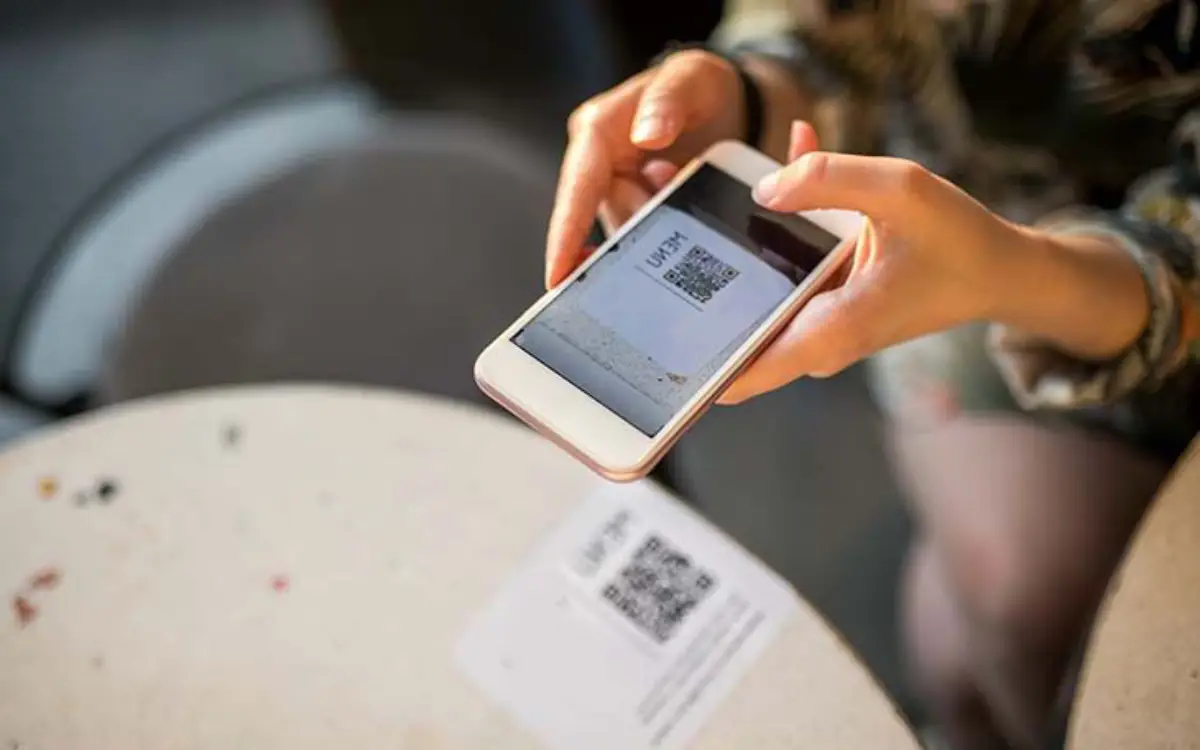
Digital world. Photo by: Santé Magazine.
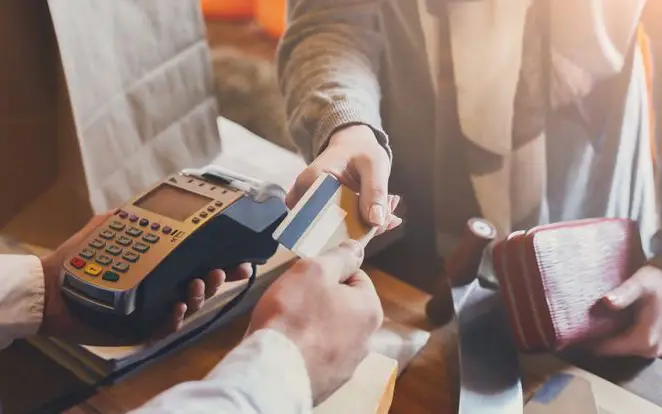
Modern exchange. Photo by: Lifehacker.
Are credit cards accepted in Cusco?
Yes, but not everywhere. Cusco is a city that, although it has advanced greatly in technology and tourist services, still maintains a dynamic heavily marked by cash usage, especially outside the most frequented areas.
In general, credit and debit cards are accepted in well-established tourist and commercial establishments, such as:
- Three-star hotels and above
- Tourist restaurants in the historic center
- Boutique cafés and trendy bars
- Travel agencies and tour operators
- Craft shops and souvenir chains
- Large supermarkets
But outside that circuit, in everyday Cusco, cash still rules:
- Neighborhood market stalls
- Small grocery stores and corner shops
- Collective transportation and informal transport
- Independent local guides
- Rural areas or remote communities
- Street vendors, fairs, or itinerant artisans
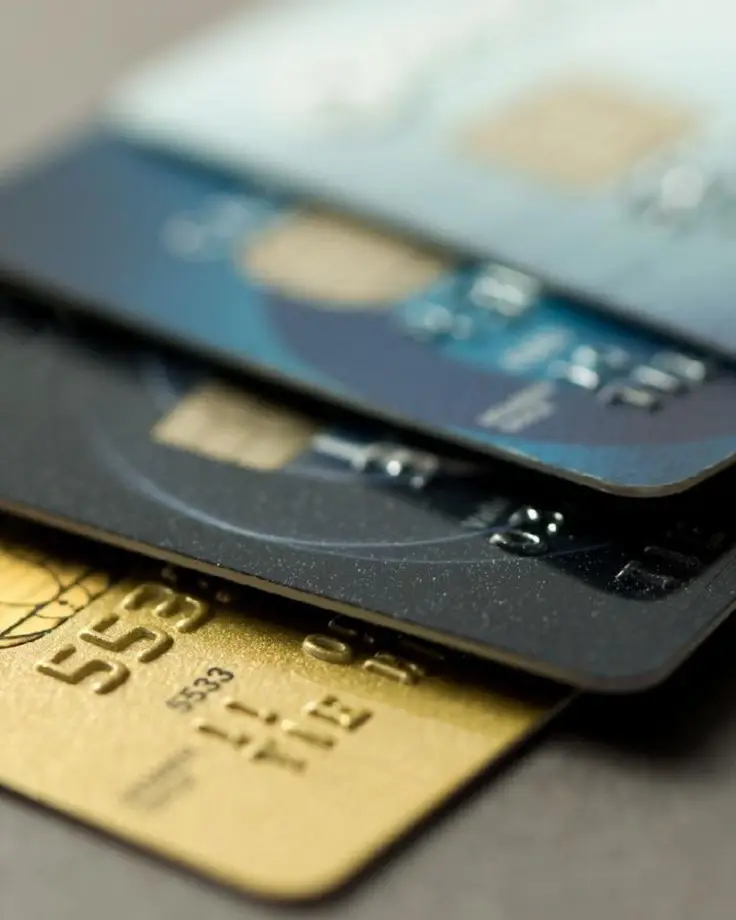
Layered consumption. Photo by: Renda Inbox.
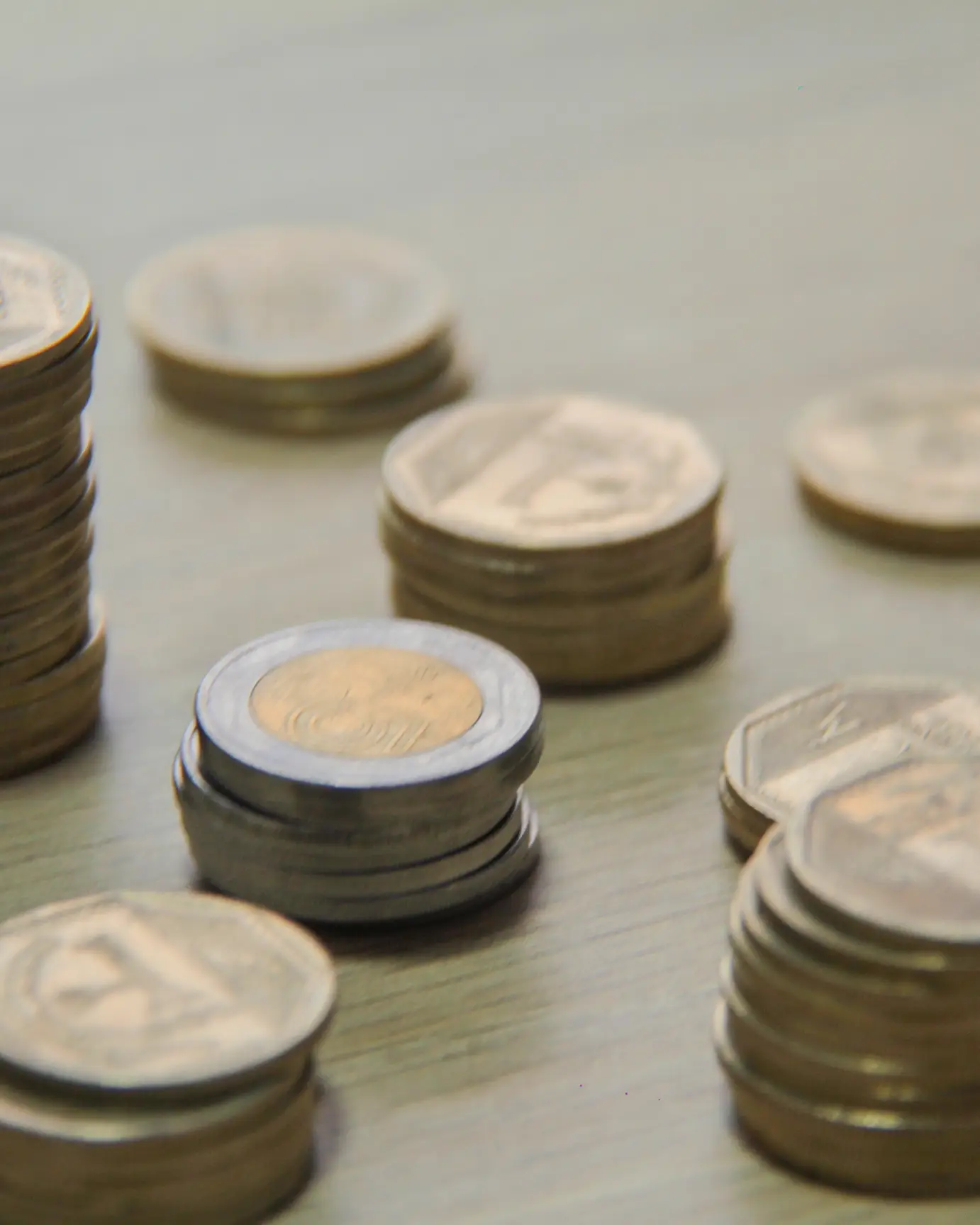
Reality told. Photo by: Hola Andy.
Tourist zones vs. Local neighborhoods
Cusco is a city of contrasts. Just moving a few blocks away from the historic center, you can feel how the rhythm, landscape, and payment methods change.
In tourist areas like the Historic Center, San Blas, Av. El Sol or Plaza Regocijo, card usage is quite common. There are plenty of cafés, design stores, galleries, restaurants with bilingual menus, and boutique hotels that have electronic payment systems and POS terminals available.
If you’re moving around this area, you’ll probably be able to pay with a card without problems at most establishments.
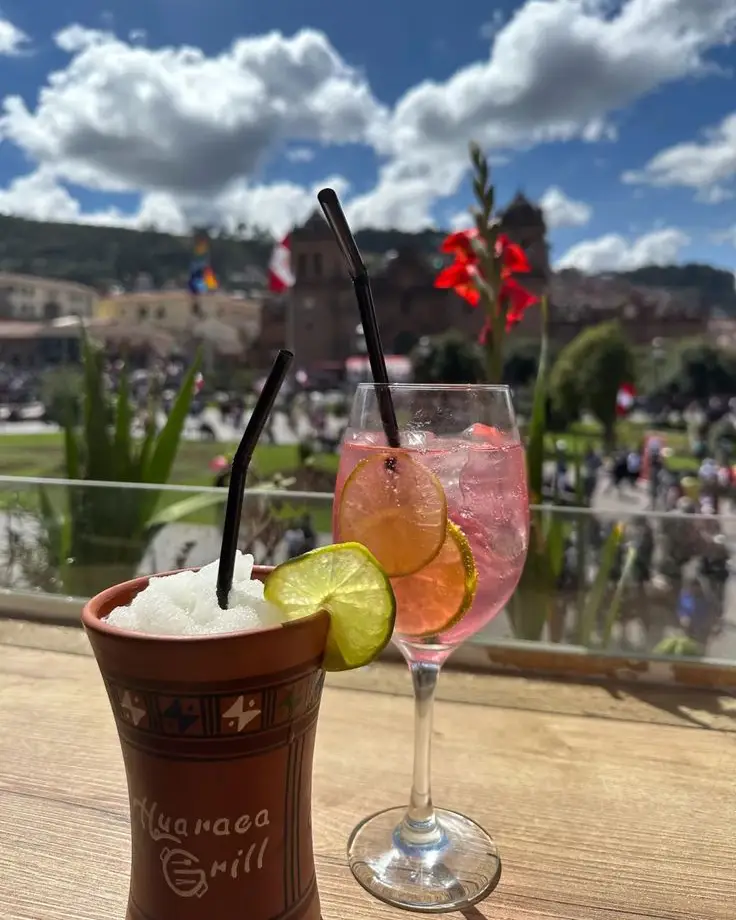
Toasting the Cusco sky. Photo by: Pinterest.
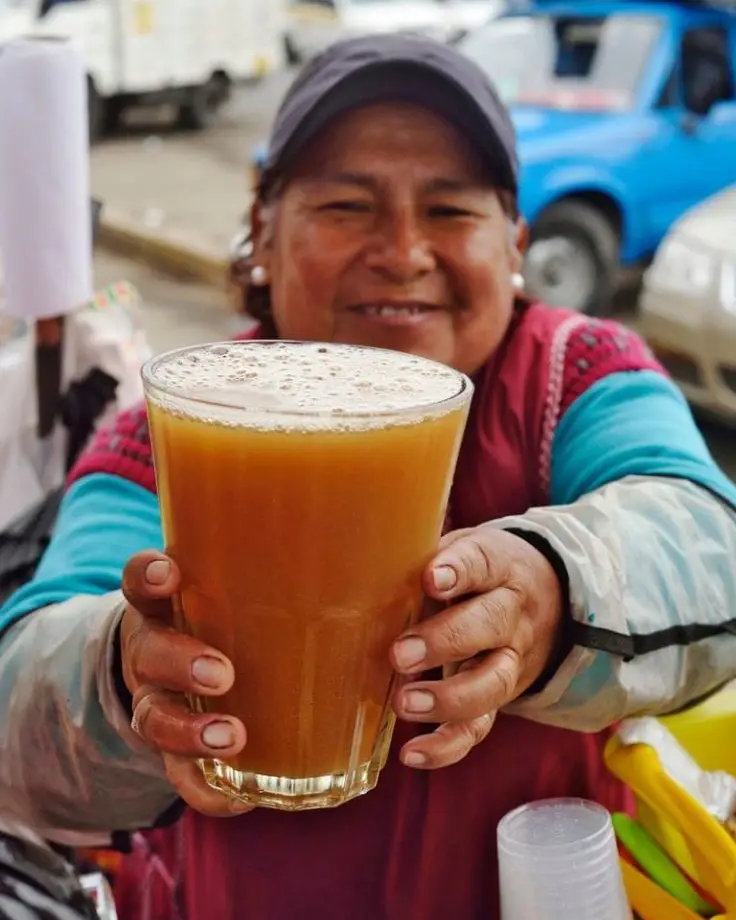
Taste of home. Photo by: Eat Peru.
However, as you move away from these areas and venture into more local neighborhoods like Santiago, San Sebastián, Wanchac or peripheral areas like San Jerónimo, the dynamic changes. In these places, daily life doesn’t revolve around tourism, and therefore, cash usage remains the norm.
Stores are smaller, family-run, and often don’t have card terminals. Even some traditional restaurants or popular markets only accept bills or payment methods like the popular “Yape.”
It’s also worth mentioning that in rural areas, communities near the Sacred Valley, or tour stops, cash is essential. While the cultural experience is usually much more authentic, digital payment infrastructure isn’t always available.
Expert tip:
If your plan includes exploring beyond tourist spots, it’s recommended to carry cash.
Hotels, restaurants, and travel agencies
In the majority of hotels, tourist restaurants, and travel agencies in Cusco, credit and debit cards are accepted, especially if you’re staying or dining at establishments oriented toward international travelers.
Hotel chains, mid to high-end accommodations, restaurants located in the historic center or San Blas, and formal tour operators almost always have updated electronic payment systems, accepting Visa, Mastercard, and in many cases, American Express.
Expert tip:
A good practice is to always carry some cash as backup, even if you plan to pay most of your expenses with a card.
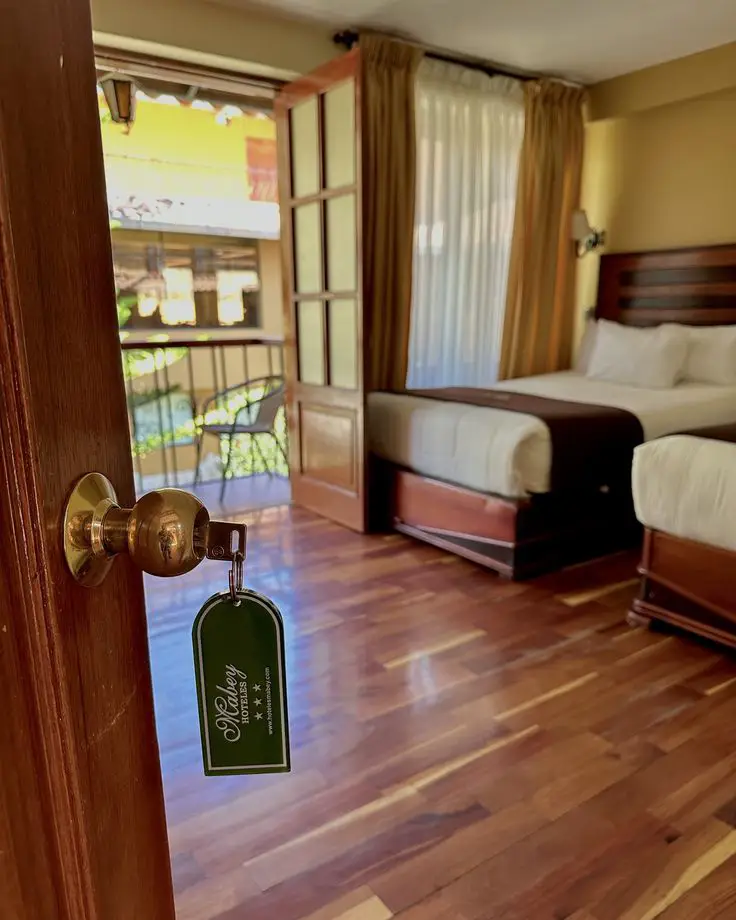
Open door to rest. Photo by: Hoteles Mabey Cusco.
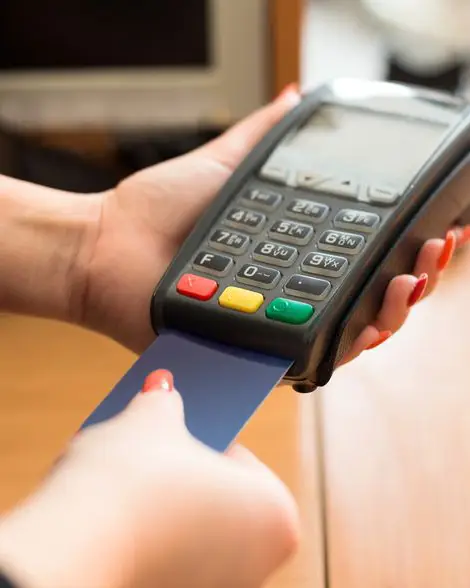
The new purchase. Photo by: Merchant Processing Solutions.
Markets and street vendors
On the other end of the Cusco experience are the traditional markets and street vendors, where cash is the only accepted form of payment.
If you plan to visit places like San Pedro Market, Wanchaq Market, or explore street stalls selling crafts, juices, fruits, or fast food, it’s ideal to carry small denomination bills. In these spaces, paying with cards simply isn’t an option.
Additionally, street vendors, like those selling textiles, typical desserts, handmade souvenirs, or even services like braids or photos with alpacas, don’t have electronic means, and often don’t have change for large bills. Carrying coins and bills of 10, 20 or 50 soles will facilitate your experience and avoid uncomfortable situations.
Remember that:
Paying in cash is a direct way to support local workers, whose economies depend on daily exchange.
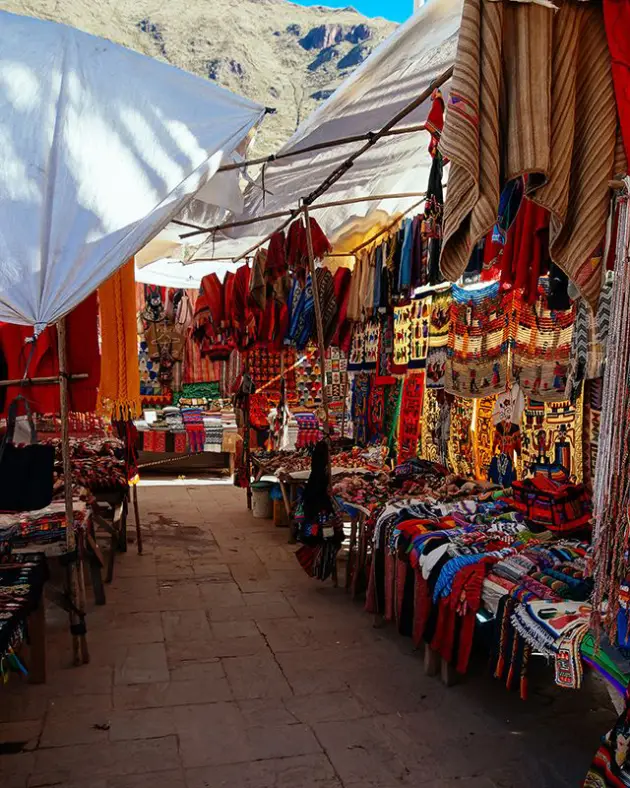
Embracing the afternoon. Photo by: Norman.
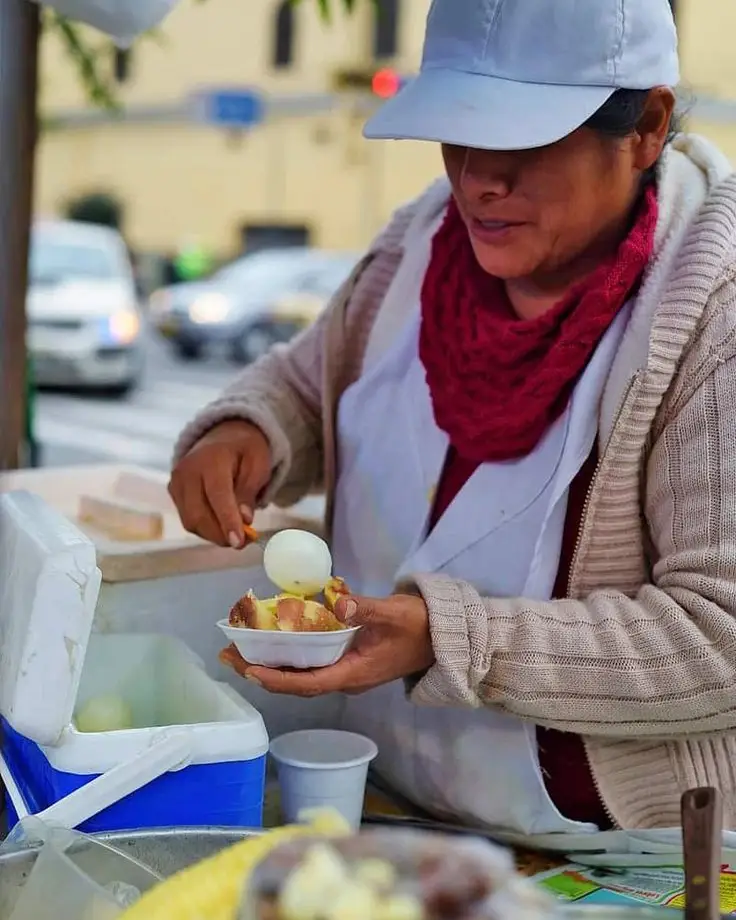
Avenue memories. Photo by: Eat Peru.
Micro-scenarios: card, cash, or Yape?
Real cases to decide in seconds.
- Café in San Blas: card no problem. Many places have POS terminals and accept Visa and Mastercard.
- Juice at San Pedro Market: cash essential. Bring 10, 20, or 50 sole bills.
- Urban taxi or collective: cash. They don’t accept cards or local app mobile payments for tourists.
- Restaurant at Plaza de Armas: card accepted, but ask if they apply a surcharge for foreign cards.
- Crafts at neighborhood fairs: cash. Negotiate with small change and avoid large bills.
- Formal tour agency: card accepted; confirm commissions and whether it’s better to pay in soles.
- Neighborhood mini-market: usually cash. Some large chains do accept cards.
Expert tip:
In Peru, it’s common to see signs saying “Yape accepted”. Yape is a local mobile payment app linked to Peruvian bank accounts. Most foreign tourists can’t use it because it requires a Peruvian phone number and a Peru-issued card. If they offer Yape or similar QR code payment, remember that cash or international cards will be practical for you.
Using Credit Cards in Cusco: Visa, Mastercard, American Express
In Cusco, Visa and Mastercard are widely accepted at most establishments, including hotels, restaurants, and stores in tourist areas. These two brands lead the market and offer a high acceptance rate throughout the country.
On the other hand, American Express has more limited acceptance. Although some businesses accept it, especially in tourist areas, it’s not as common as the others. This is because the commissions that merchants must pay to process American Express payments are usually higher, which discourages its use.
Warning:
If you plan to rely on your American Express card, it’s advisable to also carry a Visa or Mastercard as backup to ensure you can make payments without inconvenience.
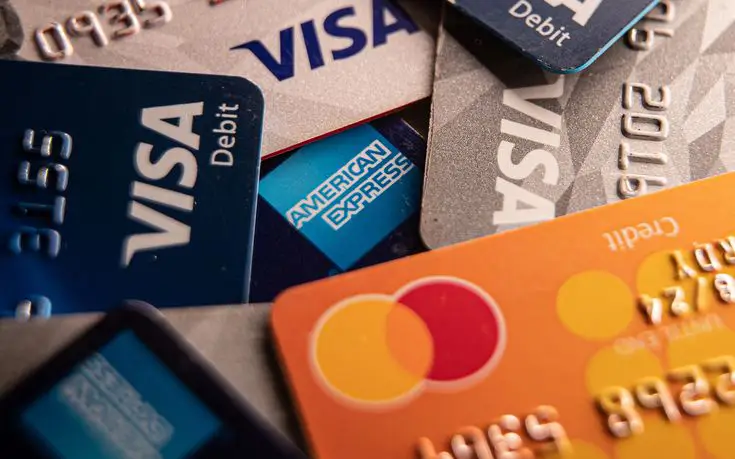
Credit plastics. Photo by: New York Post Shopping.
Contactless payment compatibility
Contactless payment technology, known as NFC (Near Field Communication), has gained popularity in Peru in recent years. Many modern businesses in Cusco, especially in tourist areas, now have POS (Point of Sale) terminals enabled for contactless payments. This allows customers to make quick and secure transactions by simply bringing their card or mobile device close to the terminal.
However, it’s important to note that not all establishments, especially smaller ones or those located in less touristy areas, have this technology yet. Nevertheless, the trend indicates growth in contactless payment adoption in the country.
Warning:
Verify that the establishment has a compatible POS terminal and ensure your card is enabled for NFC payments.
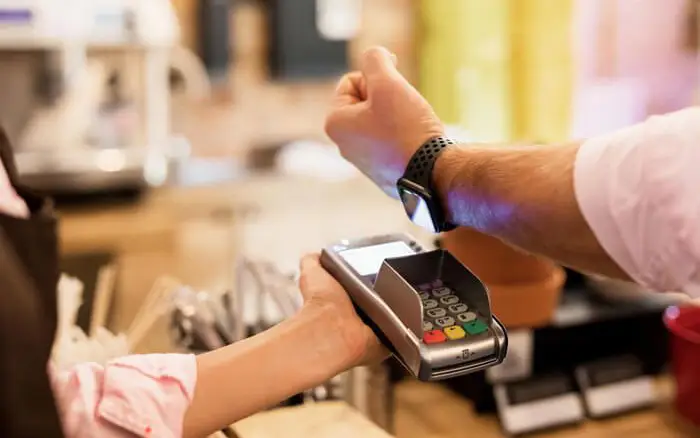
Instant future. Photo by: Jetzt.
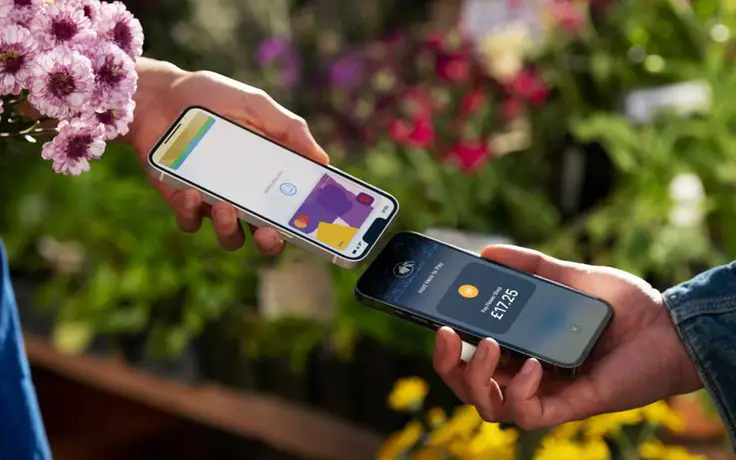
The seconds. Photo by: TipTok.hu Telefontartozék.
Fees in Cusco: what you should know as a tourist
When using credit or debit cards abroad, it’s essential to be informed about possible fees and the applied exchange rate.
- Additional charges for foreign cards: some merchants apply a surcharge if your card is international. Always ask if there’s an extra percentage for foreign cards. These fees can vary between 3%, 5%, or more of the total purchase.
- Unfavorable exchange rate: when paying with a card outside Peru, your bank may apply a poor exchange rate or add a conversion fee that you don’t see at the moment.
- These fees usually range between 1% and 4% of the transaction amount.
- ATM withdrawals: local banks already charge between S/12 and S/20 per withdrawal with foreign cards. There may also be a fee from the foreign issuing bank. Keep this in mind especially in tourist areas. (CMAC Cusco has complaints about charges that users consider excessive or undisclosed).
- Balance and transaction inquiries: some banks charge if you do this at branches or agents, especially if it’s not your usual bank. This isn’t always clearly mentioned.
- New banking rates in effect: Banco de la Nación (Peru’s State Bank) has modified fees for withdrawals and inquiries. These rates vary by bank, location, and channel (branch, ATM, agent).
Recommendations:
- Carry cash as plan B: many markets, taxis, and local services don’t accept cards. Keep 10, 20, or 50 sole bills for small expenses and avoid relying only on plastic.
- Always pay in soles: when the POS offers you to choose between your home currency or soles, select soles. This way you avoid unfavorable exchange rates and hidden surcharges.
- Consult with your bank: before traveling, confirm fees for international purchases and foreign withdrawals, as well as the applied exchange rate. This will give you clarity about your real costs.
Attention: Before using your foreign card, check with your issuing bank if they apply international transaction fees, and ask the establishment in Cusco if they charge extra for international cards. Better to be prepared than surprised upon arrival.
Before traveling: banking checklist in 60 seconds
- Notify your bank that you’ll travel to Peru to avoid automatic blocks.
- Activate transaction alerts in your app. They notify you of duplicate charges or unusual amounts.
- Carry two cards from different issuers. If one fails, the other saves you.
- Enable NFC if your card supports it. Not all POS terminals have contactless, but more do every day.
- Set temporary limits for withdrawals and purchases. Useful if you lose your card.
- Save emergency phone numbers from your banks and digital copy of the card on both sides (with sensitive numbers hidden).
Warning:
If the POS offers to “pay in your currency” or in soles, always choose soles to avoid dynamic conversion with unfavorable exchange rates.
ATMs and cash withdrawals in Cusco
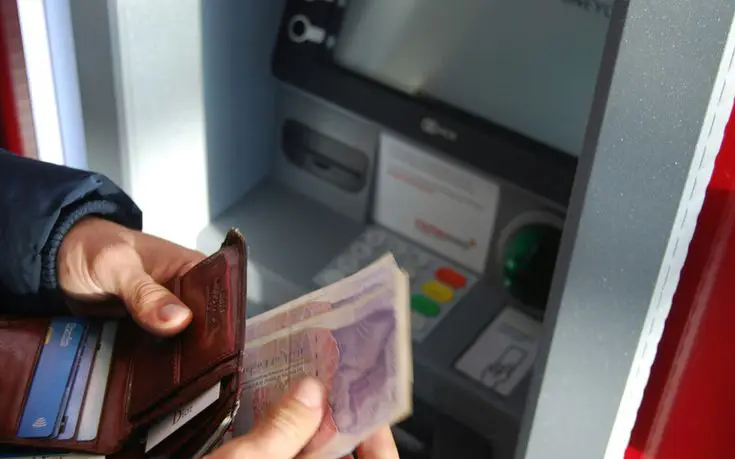
Counting the days. Photo by: Xataka.
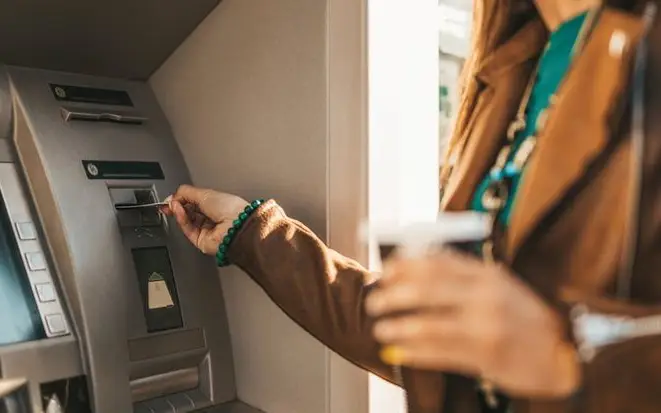
The modern ritual. Photo by: Magazin.
Where to find ATMs
ATMs are widely available in Cusco, especially in central and tourist areas. The main banking entities with presence in the city include:
- Banco de Crédito del Peru (BCP): Av. Alfredo Yepez Miranda 2, Cusco.
- BBVA Peru: Av. El Sol 189, Cusco.
- Interbank: Av. El Sol 380, Cusco.
- Scotiabank Peru: Calle Maruri 315, Cusco.
In addition to bank branches, it’s common to find ATMs at:
- Supermarkets: Like Orion and La Canasta, located in the city center.
- Shopping centers: Real Plaza Cusco, located at Av. de la Cultura 2400
Expert tip:
To locate specific ATMs or verify business hours, it’s recommended to use online locators from each bank or official mobile apps.
Limits and withdrawal fees
When using ATMs in Cusco, it’s important to consider:
- Withdrawal fees: Local banks usually charge a fee for each withdrawal with foreign cards. These fees can vary between 12 and 20 soles per transaction. It’s advisable to consult with your issuing bank about possible reimbursements or agreements that minimize these costs.
- Withdrawal limits: Maximum amounts allowed per transaction and per day can vary by entity
- Interbank: Daily limit of S/2,500 and US$800. Additionally, between 12:00 a.m. and 5:59 a.m., the limit is S/850 and US$480.
- Caja Cusco: Allows a maximum of three operations per day, with seven free withdrawals per month; from the eighth withdrawal onward, they charge S/2.10 per transaction
Remember that:
It’s recommended to plan your withdrawals to minimize fees and ensure you have the necessary cash available.
Tips to avoid blocks or scams
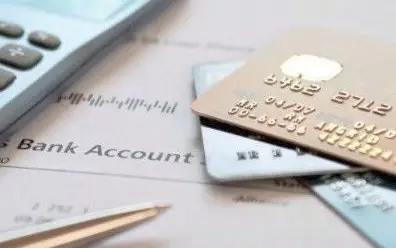
Need in numbers. Photo by: Steff.
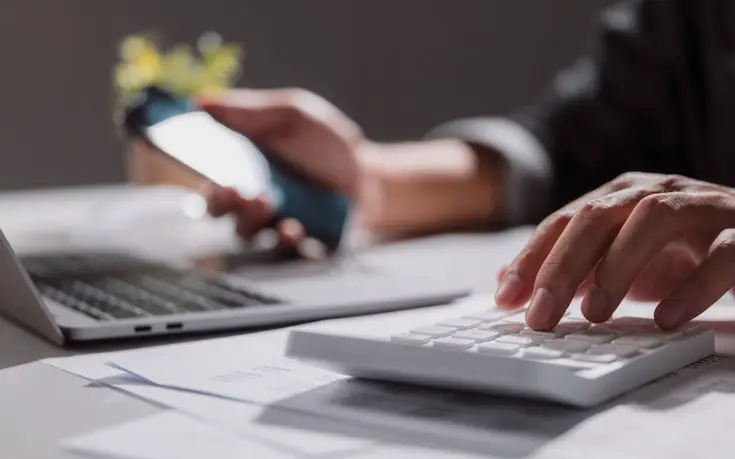
The week’s pulse. Photo by: The Sun.
To ensure the security of your transactions and protect your financial information:
- Opt for those located inside banks, shopping centers, or supermarkets, as they usually have security and lower risk of tampering.
- Avoid nighttime withdrawals.
- Verify there are no strange devices in the card slot or keypad.
Cover the keypad when entering your PIN to prevent it from being observed or recorded.
- Notify your bank before traveling.
- Keep your belongings in secure places and use wallets with RFID protection to avoid unauthorized scans.
- Monitor your transactions to detect any unusual activity and report it immediately.
Cash or card? When to use each one
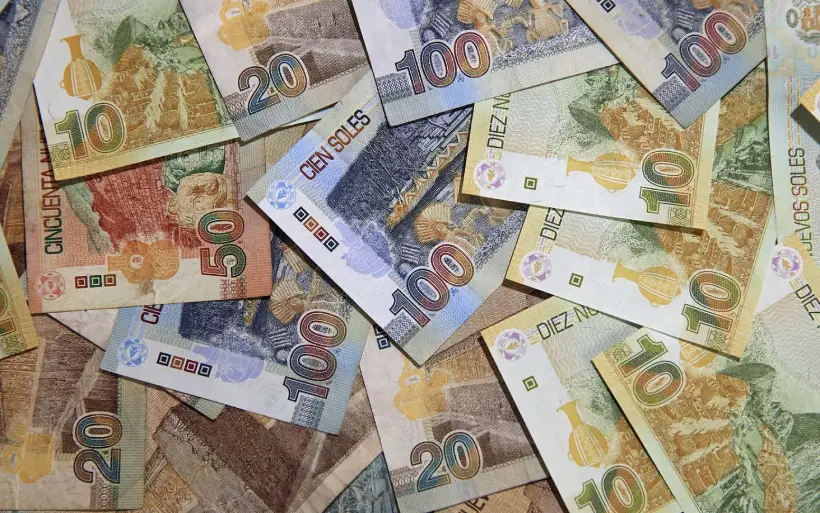
Peru in ink and figures. Photo by: DPL News.
When will you need soles?
- Local transportation.
- Public restroom entrance fees.
- Tips.
- Purchases at markets and street vendors.
- Rural areas and Machu Picchu Pueblo (Aguas Calientes).
When is it convenient to use a card?
- Hotels: Especially at mid and high-end establishments.
- Mid/high-end restaurants: Many accept card payments, though it’s prudent to confirm beforehand.
- Travel agencies: For purchasing tours and travel packages.
- Brand stores or large chains: Shopping centers and recognized boutiques usually accept cards without inconvenience.
How to combine both payment methods?
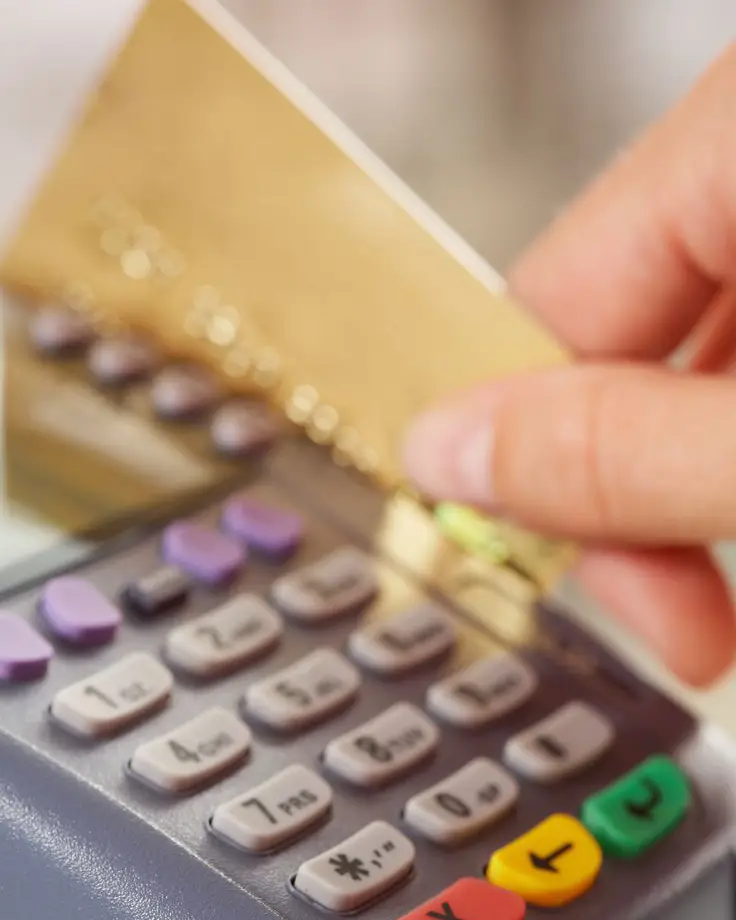
The other gold. Photo by: Nextep Processing.
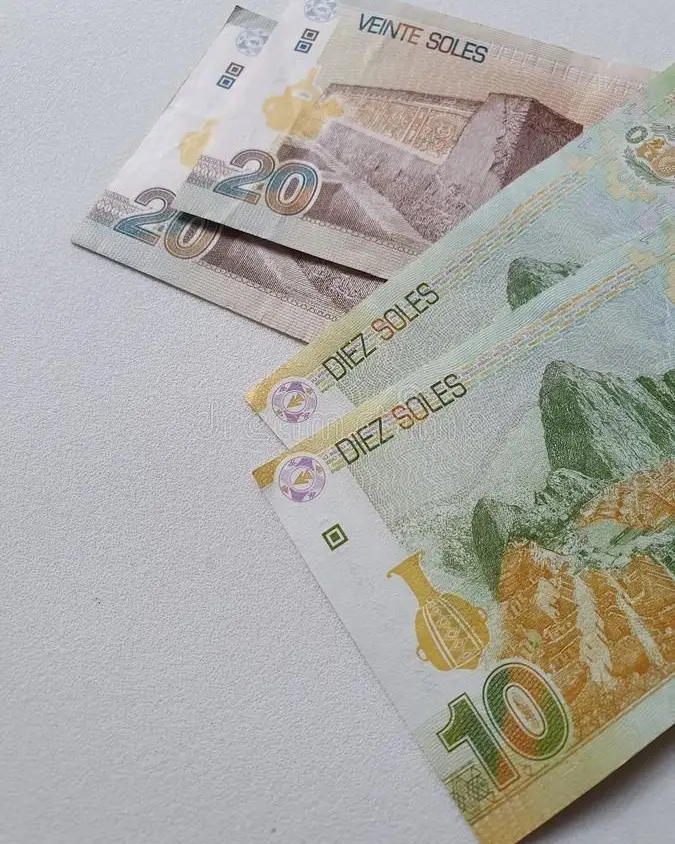
Paper and imaginaries. Photo by: Amy.
For optimal financial management during your stay:
- Carry a card and a cash reserve in soles.
- Divide your cash for security (keep money in different secure places).
Security tips when using cards in Cusco
How to avoid scams and data theft
- Opt for recognized establishments and avoid making payments at places of questionable reputation.
- When making a payment, ensure the transaction is conducted in front of you and verify the amount before approving it.
- Confirm that the charged amount matches the service or product purchased.
- Activate notifications on your phone to receive transaction alerts and quickly detect any suspicious activity.
What to do if you lose your card or it gets blocked?
- Write down customer service numbers to report losses or blocks immediately.
- Many entities allow blocking or temporarily deactivating cards through their mobile apps, providing quick response in emergencies.
- Consider card insurance.
Expert tip:
Always carry an alternative method: A backup card or extra cash stored in a safe place.
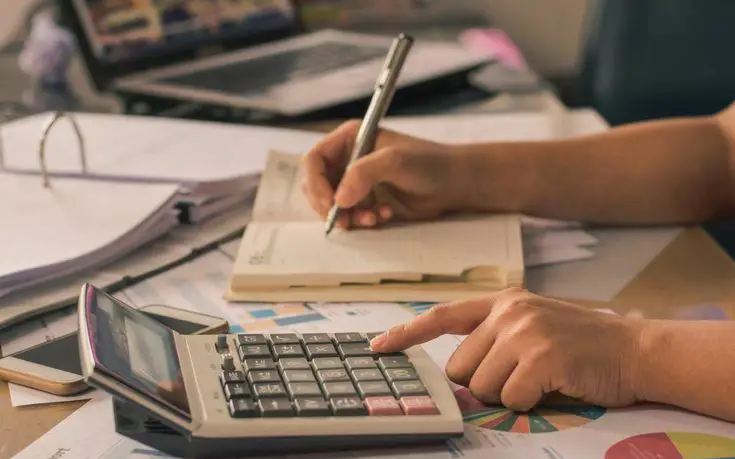
Calculating life. Photo by: Sakura Kyokoshiro.
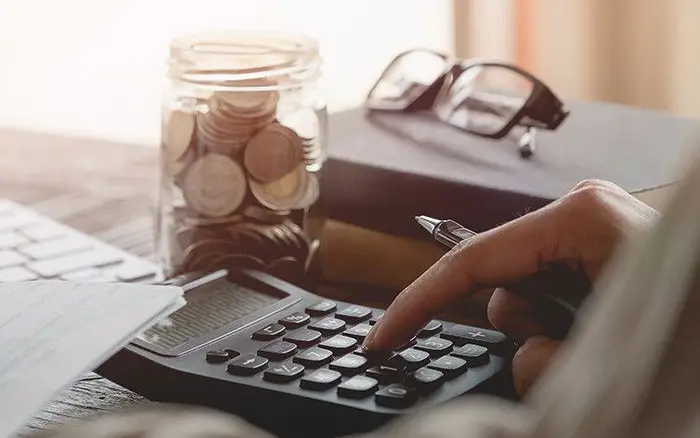
Organizing the present. Photo by: Pinterest.
Tips for using cards at Machu Picchu and Sacred Valley
Entering Machu Picchu or exploring the Andean landscapes of the Sacred Valley is undoubtedly a transformative experience. But even among millennial ruins and villages filled with history, modern logistics (that is, knowing how to pay) remains fundamental. Is Machu Picchu safe for financial transactions? Absolutely, but preparation is key.
So, before leaving Cusco for these destinations, make sure to:
- Carry sufficient cash in soles.
- Have an active card, ideally Visa or Mastercard, for major expenses at hotels or transportation.
- Keep a digital and physical copy of your emergency banking information, in case something unexpected happens en route.
Aguas Calientes: ATMs, outages, and plan B
- High-demand ATMs: during high season they can run out of cash for hours.
- Mixed payments: medium-sized hotels and restaurants accept cards; kiosks, markets, and snacks, cash only.
- Last-minute purchases: buying water, ponchos, sunscreen, and small souvenirs are usually cash-only.
- Realistic plan B: carry cash separated in two places and a second card; confirm fees before paying.
Local digital payments: Yape, Plin, and other methods
If you arrive in Cusco and start seeing handwritten signs with phrases like “Yape accepted” or “Plin available,” don’t be surprised: you’re looking at the most popular payment systems among Peruvians.
As everyday as morning coffee, Yape and Plin have transformed how locals transfer money, but what do they mean for you as a traveler?
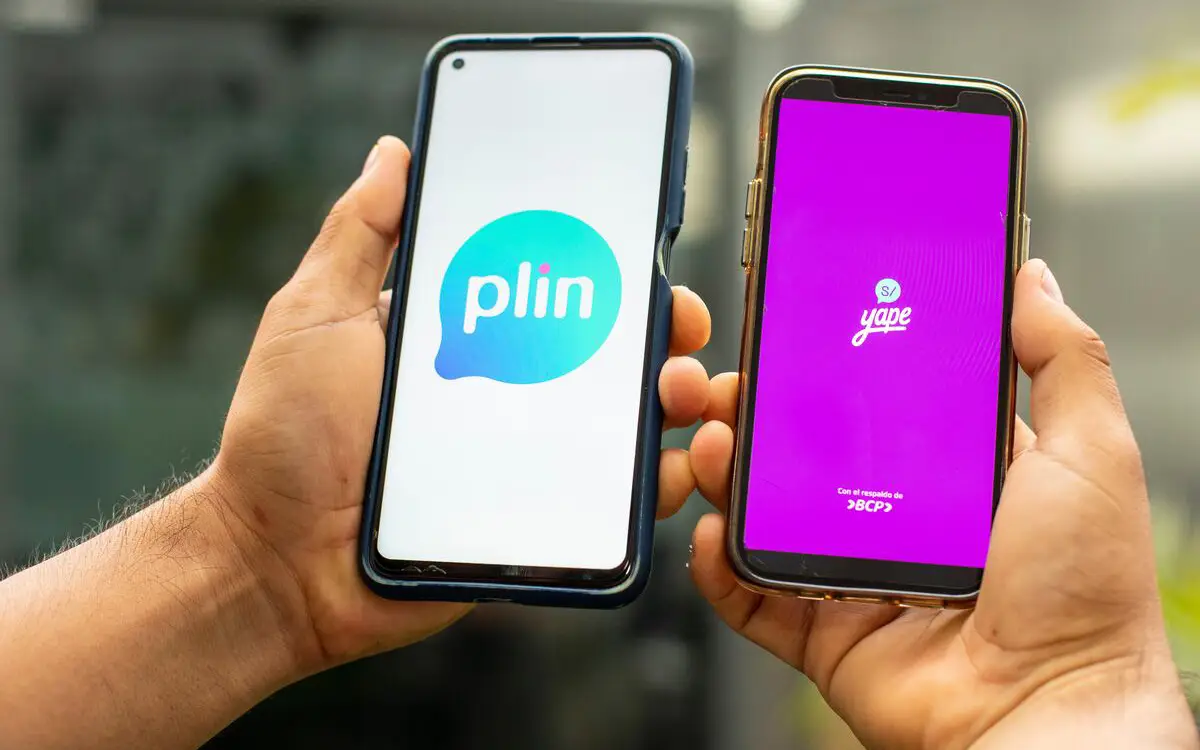
Local mobile payment. Photo by: Gestion.
What are Yape and Plin?
They are mobile payment applications designed by Peruvian banks (BCP and Interbank, among others), which allow instant transfers using only a phone number, without needing to know the recipient’s account number.
They are fast, free, and don’t require a physical card or POS terminal, making them ideal for small businesses and independent workers.
Can tourists use these apps?
Generally, no. These apps are designed for people who have a Peruvian bank account linked to a local phone number. If you’re a foreigner without an account at a national bank, you won’t be able to register or send payments.
Although their use is everywhere, they’re not accessible to most international tourists.
Where are they frequently seen?
- Small stores and markets: From fruit stands to crafts in San Blas.
- Deliveries and local cafés: Many young entrepreneurs work only with these methods.
- Independent taxi drivers: Some no longer want cash or cards, only Yape.
- Informal services or local guides: They often ask you to “yape them” to confirm a quick reservation.
What to do as a tourist?
If you face a situation where they only accept Yape or Plin, the most practical thing is to have cash or ask if they can give you the number of a friend or family member who has the app and can help you transfer the amount.
Some locals even accept having another person (like your guide or companion) pay with Yape on your behalf, but always clarify and confirm beforehand.
Between modern and traditional
In Cusco, you learn to move between the modern and traditional, where cards coexist with currency.
Understanding how and when to use cash or cards isn’t just a matter of logistics, but a way to adapt respectfully to the local rhythm. From Inkayni Peru Tours we consider that being a traveler also means accommodating the pulse of the place: the silent exchange between old and new.
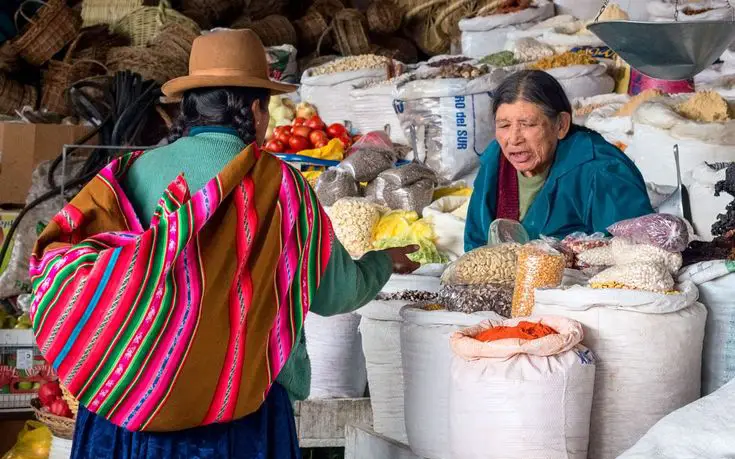
What there is and what’s missing. Photo by: Road Affair.

Absorbing the wonder. Photo by: Frayed Passport.
Frequently asked questions
Can I pay for my hotel in Cusco with a card?
Yes, most hotels in Cusco (especially those located in the historic center or tourist areas like San Blas or Av. El Sol) accept Visa and Mastercard without problems.
However, it’s recommended to confirm at the time of booking, as some family accommodations or hostels may prefer cash. Also keep in mind that some establishments charge a 3% to 5% commission if you pay with a foreign card.
Are cards accepted at Machu Picchu?
In the Machu Picchu citadel itself, there are no points of sale, as it’s an archaeological site. However, in Aguas Calientes (Machu Picchu Pueblo) some hotels, restaurants, and stores do accept cards.
Still, cash is essential, especially for buying snacks, souvenirs, tips, or informal services. For entrance tickets or bus tickets, if you buy them in the town itself, it’s better to bring cash or verify in advance if they accept cards.
Is it safe to use ATMs in Cusco?
Yes, as long as you follow some basic recommendations. Use ATMs located inside banks, shopping centers, or supermarkets, and avoid those that are on the street or in poorly lit areas, especially at night.
It’s a good idea to notify your bank before the trip to avoid blocks and activate mobile alerts. Also check the ATM before using it: if something seems loose or altered, better find another one.
Should I bring dollars or just my card?
The ideal is to bring a combination of card and cash in soles. You can bring dollars if you prefer to exchange them at exchange houses (Cusco has many) but avoid paying directly with dollars at businesses, as not all accept them and the exchange rate may not be favorable.
For small expenses (taxis, markets, public restrooms, tips), cash in soles is indispensable. For hotels, large restaurants, and agencies, cards are useful and practical. Do Cusco restaurants accept credit cards? Most tourist-oriented establishments do, but it’s always wise to ask about any additional fees for foreign cards.
How to avoid fees when using cards in Peru?
- Always pay in soles, not dollars, when the POS gives you the option. This way you avoid automatic conversions with unfavorable exchange rates.
- Avoid frequent ATM withdrawals, as most charge between 12 and 20 soles per operation, and some have low limits.
- Use a card that doesn’t charge international purchase fees, if your bank offers that advantage.
- Confirm if the business applies a card surcharge; some will warn you at the time of payment.
- Check the daily exchange rate (in April 2025, the dollar is around S/3.75, but it can vary) to have better control of your expenses. When considering the Cusco tourist ticket credit card payment option, always verify current rates and any applicable fees.






